
The Bhul Bhulaiya
Possibly the only existing maze in India, which came about unintentionally to support the weight of the building which is constructed on marshy land. There are eight surrounding chambers built to different roof heights, permitting the space above these to be reconstructed as a three-dimensional labyrinth with passages interconnecting with each other through 489 identical doorways.
Locals tell stories about the King who led his adversaries into this maze where they were lost never to be found again.
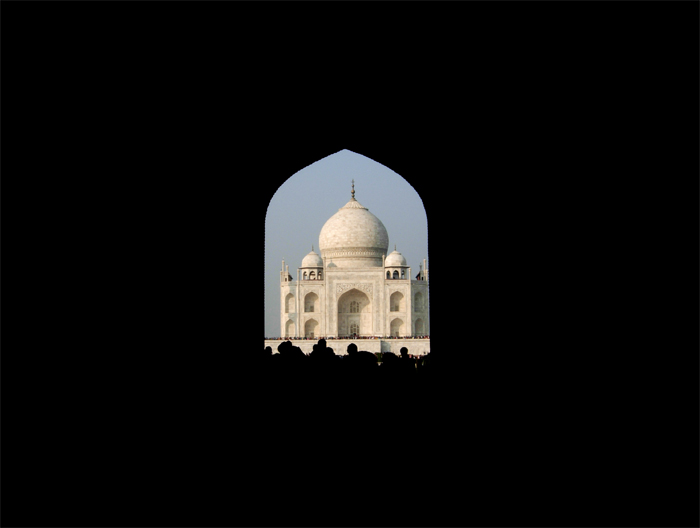
Iconic Taj Mahal
This ivory white marble mausoleum needs no introduction. It is located on the south bank of the Yamuna river in the city of Agra. Built in 1632 by the Mughal emperor, Shah Jahan to house the tomb of his favourite wife, Mumtaz Mahal. The tomb is the centrepiece of a 17-hectare complex, which includes a mosque and a guest house, and is set in formal gardens bounded on three sides by a crenellated wall.


India Gate
India Gate is a memorial to 82,000 soldiers of the Indian Army who died in the period 1914–21 in the First World War, in France, Flanders, Mesopotamia, Persia, East Africa, Gallipoli and elsewhere in the Near and the Far East, and the Third Anglo-Afghan War. 13,300 servicemen's names, including some soldiers and officers from the United Kingdom, are inscribed on the gate. The India Gate, even though a war memorial, evokes the architectural style of the triumphal arch like the Arch of Constantine, outside the Colosseum in Rome, and is often compared to the Arc de Triomphe in Paris, and the Gateway of India in Mumbai. It was designed by Sir Edwin Lutyens.
In 1971, following the Bangladesh Liberation war, a small simple structure, consisting of a black marble plinth, with a reversed rifle, capped by a war helmet, bounded by four eternal flames, was built beneath the soaring Memorial Archway. This structure, called Amar Jawan Jyoti, or the Flame of the Immortal Soldier, since 1971 has served as India's Tomb of the Unknown Soldier.


Humayun's Tomb
The tomb of the Mughal Emperor Humayun is located in Nizamuddin East, Delhi, India. The first garden-tomb on the Indian subcontinent was also the first structure to use red sandstone at such a scale. The tomb was declared a UNESCO World Heritage Site in 1993.


Qutub Minar
A minaret that forms part of the Qutb complex, a UNESCO World Heritage Site in the Mehrauli area of Delhi, India. Made of red sandstone and marble, Qutub Minar is a 73 meter tall tapering tower of five storeys, with a 14.3 meter base diameter, reducing to 2.7 meters at the peak. It contains a spiral staircase of 379 steps. Qutb al-Din Aibak, founder of the Delhi Sultanate, started it's construction around 1192.


The Lotus Temple
Located in Delhi, India, this is a Bahá'í House of Worship completed in 1986. Notable for its flowerlike shape, the building is composed of 27 free-standing marble-clad "petals" arranged in clusters of three to form nine sides, with nine doors opening onto a central hall with height of slightly over 40 meters and a capacity of 2,500 people. The Lotus Temple has won numerous architectural awards and been featured in hundreds of newspaper and magazine articles. A 2001 CNN report referred to it as the most visited building in the world.
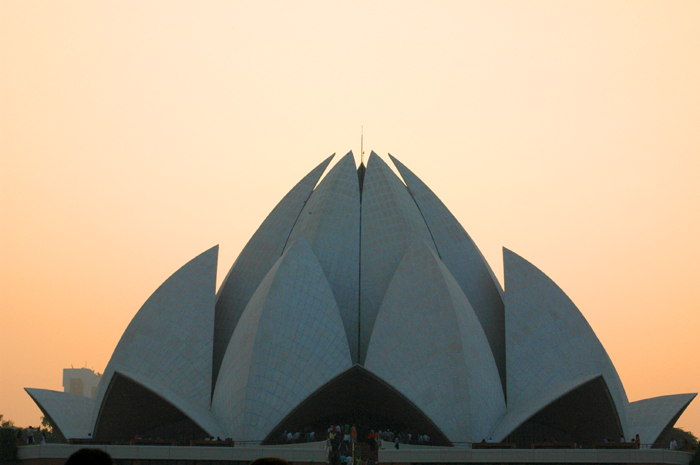





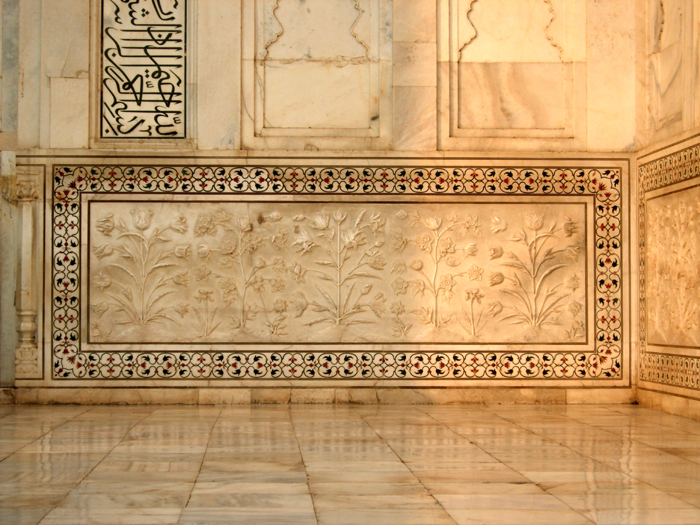
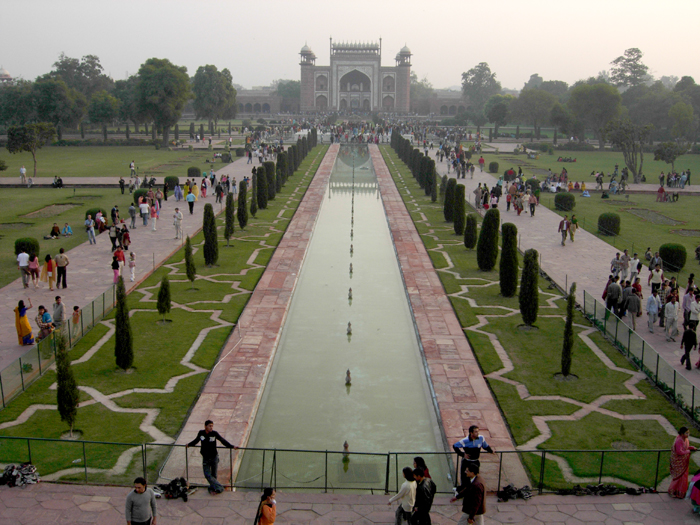



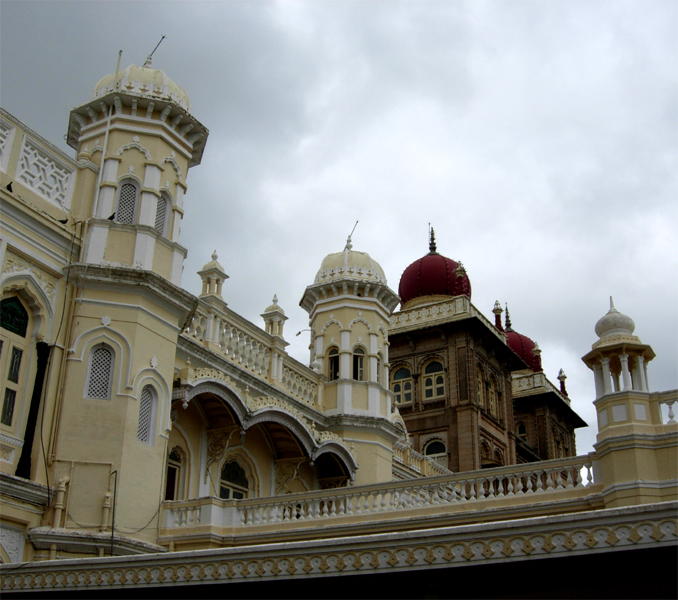




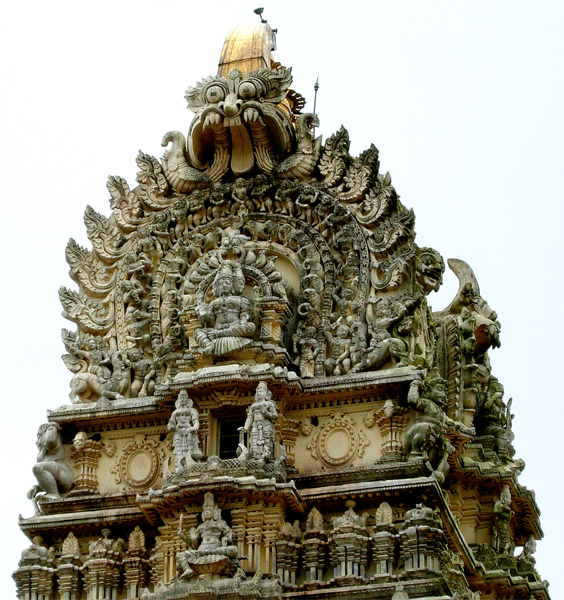




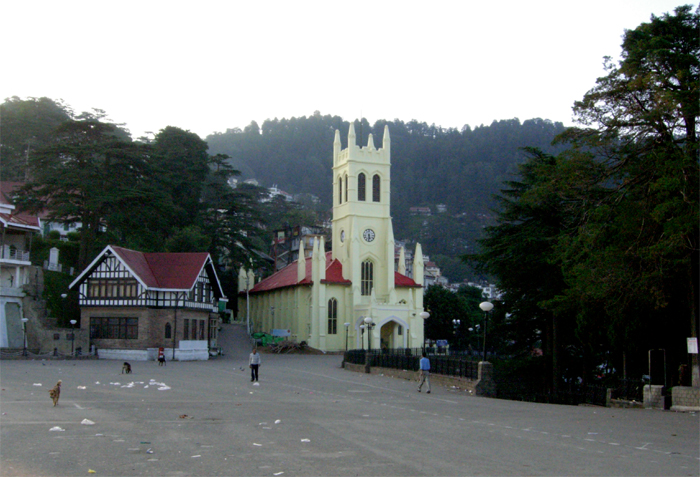











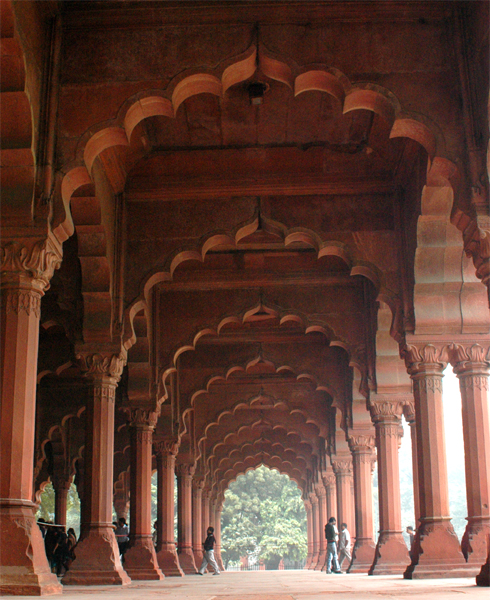










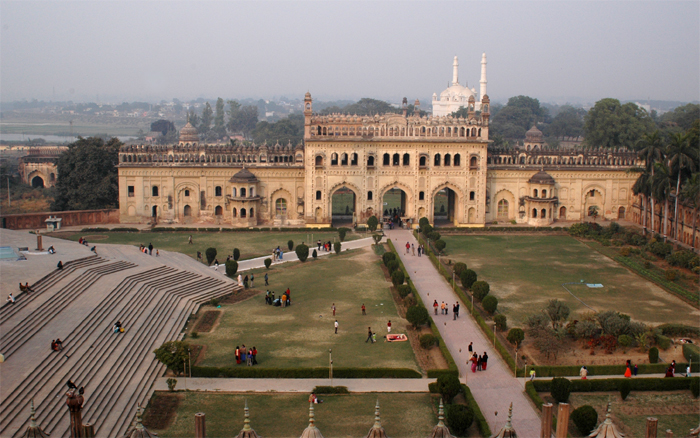




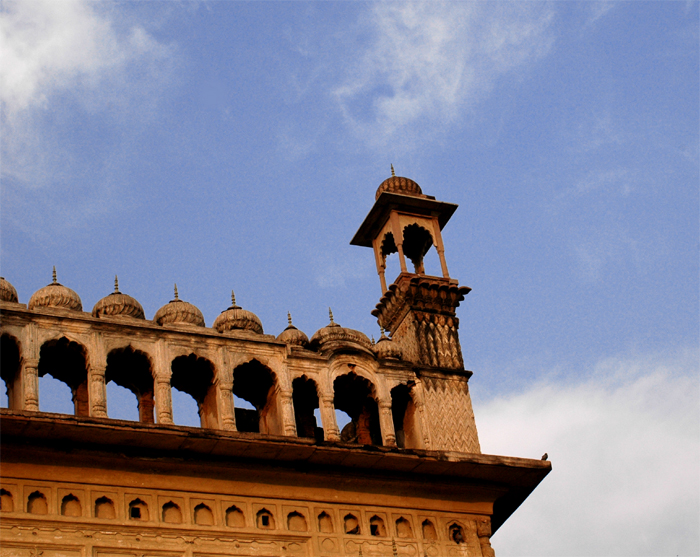






Nice photos! I really enjoyed these as they gave me an insight into the sites found in India. What an unusual place, I cant wait to see it for myself!!
ReplyDeleteKatie
http://www.worldwidevegetarian.com